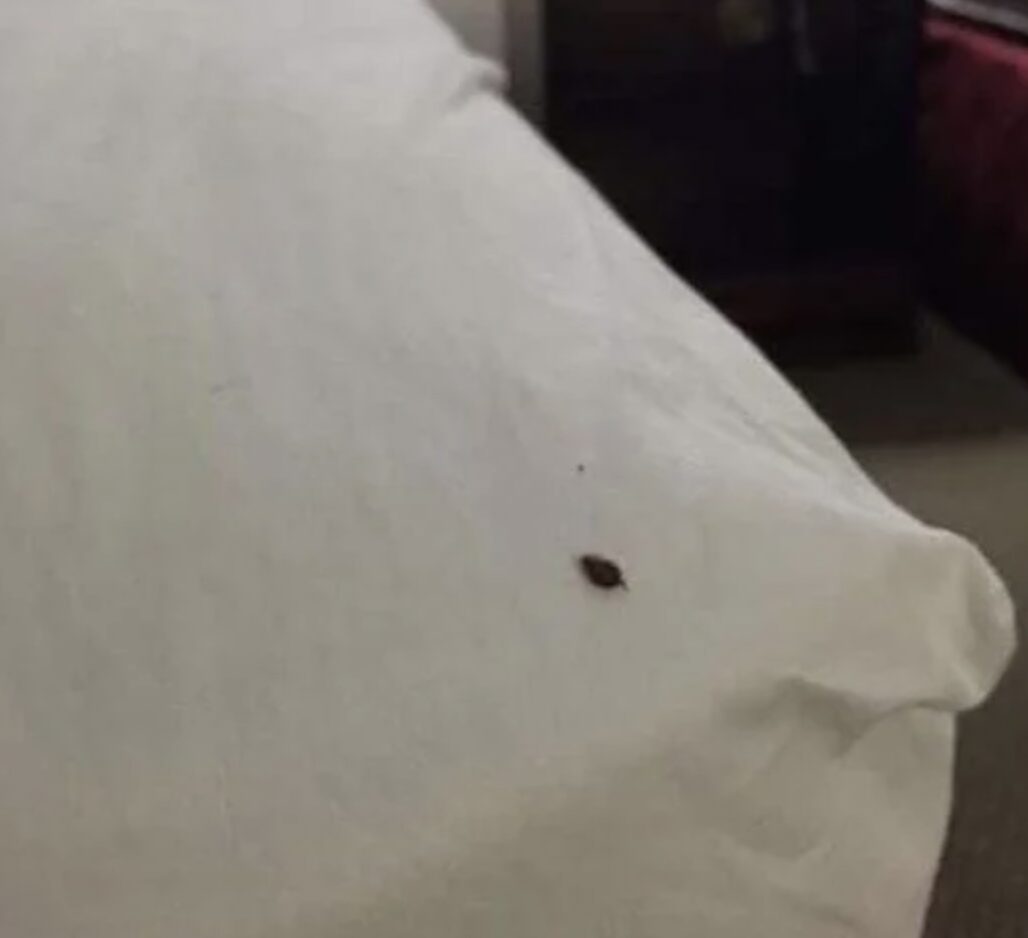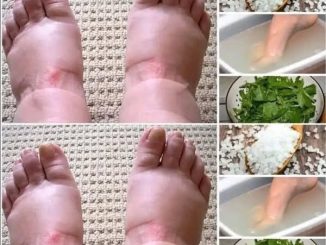
I like to think I feel love and understanding toward all creatures. Not even spiders and snakes, which tend to provoke phobias in many humans, scare me enough to take active steps to avoid them.
You could say I have a very high tolerance threshold for bugs… except in one case, ticks.
No, as embarrassing as it is to admit, I wouldn’t lose a minute of sleep if ticks disappeared from the world tomorrow and never returned. The thing is, they’re not just annoying (not to mention invasive and, well, enough to make most people’s hair stand on end), but they can be downright dangerous.
Ticks can transmit debilitating diseases, such as Lyme disease and Rocky Mountain spotted fever, so it goes without saying that they’re probably not the best guests you could welcome into your home…
That said, depending on where you live, the time of year, and whether you have pets at home, the chances of encountering ticks can be quite high.
So, what do you do if you find one of these little critters within the four walls of your home? Well, that’s the answer you’re all looking for, so without further ado, let’s get to it…
Identify and isolate the problem
It’s a good idea to try to identify the type of tick (whether it’s a black-legged, dog, or brown tick). If the tick is in a specific area, keep your children or pets away until you get rid of it.
Protective measures
To ensure the tick doesn’t attach to you, wear gloves and long-sleeved clothing so your skin isn’t exposed.
Clean thoroughly
Be sure to thoroughly wash any clothing or bedding that may have come into contact with the tick. Do this at high temperatures. Vacuum the area, paying special attention to crevices and corners.
Tick removal
If you have a tick stuck in your skin, use fine-tipped tweezers and grasp the tick as close to the skin’s surface as possible. Slowly pull upward, but avoid twisting or jerking to ensure the tick’s head doesn’t break off and remain lodged in the skin.

After removal, clean the bite area with rubbing alcohol or soapy water. You can use rubbing alcohol to dispose of the tick or flush it down the toilet.
Control the bite
It is advisable to inspect any area where bites have occurred, as well as monitor the person bitten for possible symptoms.


